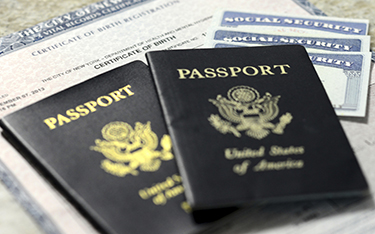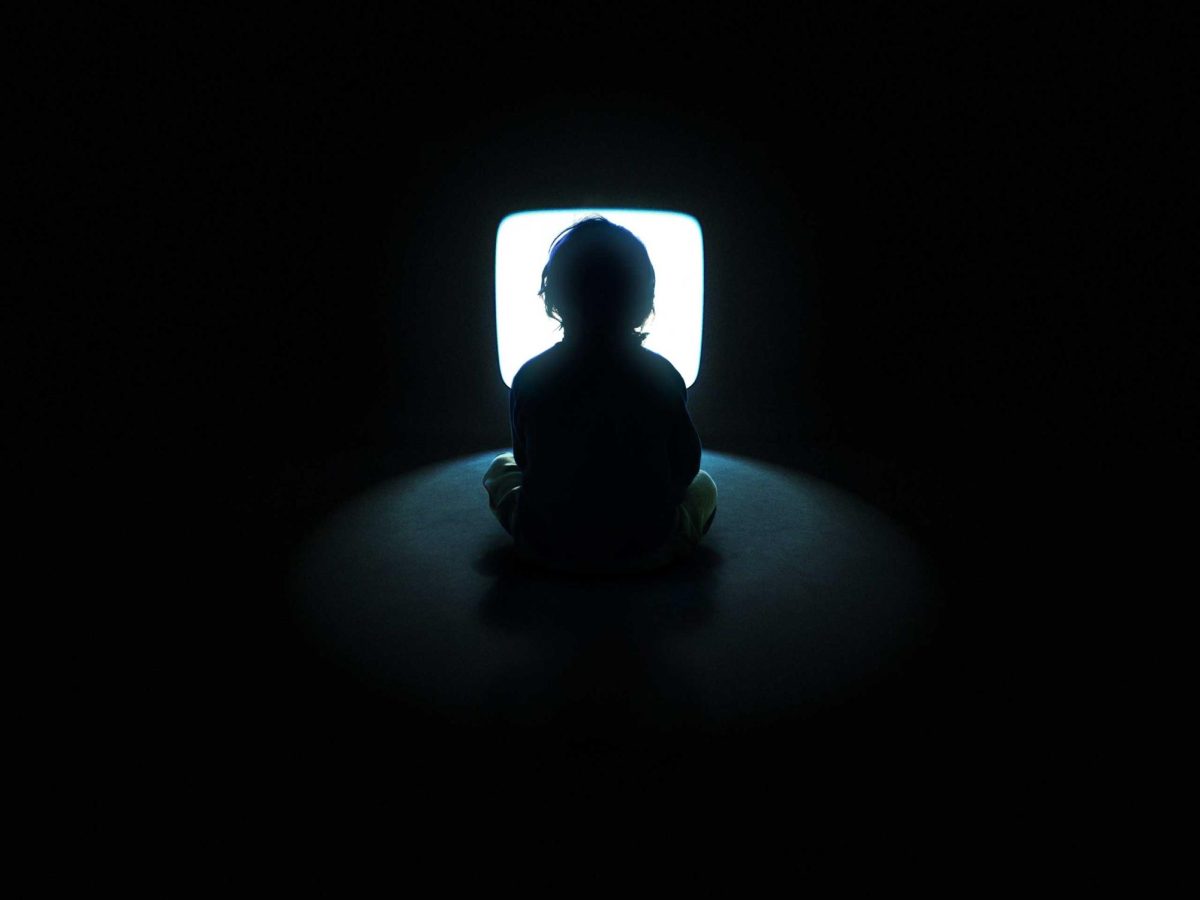St. Patrick’s Day is a captivating celebration that unites people globally through parades, festivals, traditional foods, music, and dance. Originating in Ireland as a religious service and feast in honor of St. Patrick, one of Ireland’s patron saints, it underwent a significant transformation when Irish immigrants introduced their traditions to the United States. This evolution into a secular celebration is a testament to the holiday’s cultural adaptation and transformation, marking a significant chapter in the history of St. Patrick’s Day.
Leprechauns, those mischievous guardians of their found pot of gold, are an essential part of Irish folklore. They lead solitary lives filled with mischief, and people believe they are nearly impossible to catch. Even if someone manages to catch one, it must be kept within sight at all times, or it won’t reveal the location of its treasure – usually a crock of gold coins. These mythical creatures have captivated imaginations since the 19th century CE and have become the most iconic symbol of Irish folklore, deeply intertwined with the cultural fabric of St. Patrick’s Day.
Corn beef and cabbage, the main dish on Saint Patrick’s Day, became a staple of Irish culture due to its affordability for Irish immigrants. This tradition has persisted to this day, a testament to the enduring influence of Irish culture. Similarly, the myth of wearing green clothes on St. Patrick’s Day, believed to make one invisible to leprechauns, is a charming example of how folklore has shaped the holiday’s traditions.
Across the world, many people with Irish heritage come together to celebrate this festive holiday. Parades, feasts, and dancing are all part of the list for a day full of fun. Today, students learn about Leprechaun’s traditional Irish food and celebrate by doing exciting activities, such as making leprechaun traps!
St. Patrick’s Day Fun Facts
- St. Patrick was not Irish; he was British.
- St. Patrick’s Day, established in 1631 by the Catholic Church, was a Feast Day dedicated to honoring St. Patrick.
- Blue was the original color of St. Patrick’s Day, not green.
- Leprechauns are likey based on Celtic Fairies.
- The first St. Patrick’s Day parade was held in America.
- Saint Patrick was never canonized.
- The Shamrock was considered a sacred plant.
- Saint Patrick’s real name was Maewyn Succat.
- Saint Patrick had one sister named Saint Darerca.
- When Saint Patrick/Maewyn Succat was 14 years old; he was captured during a raid og his hometown and taken to Ireland to work as a slave, herding sheep.





















